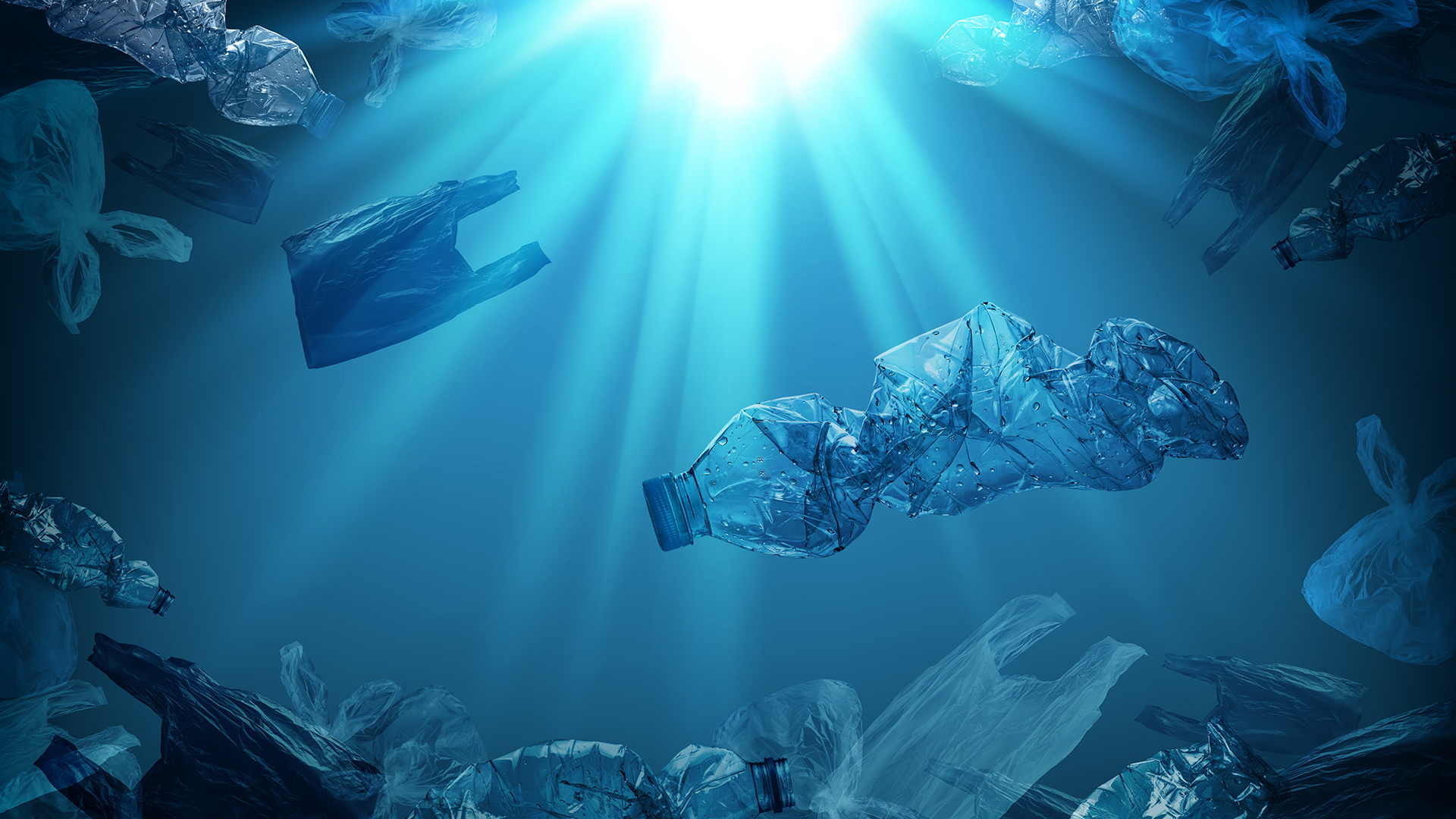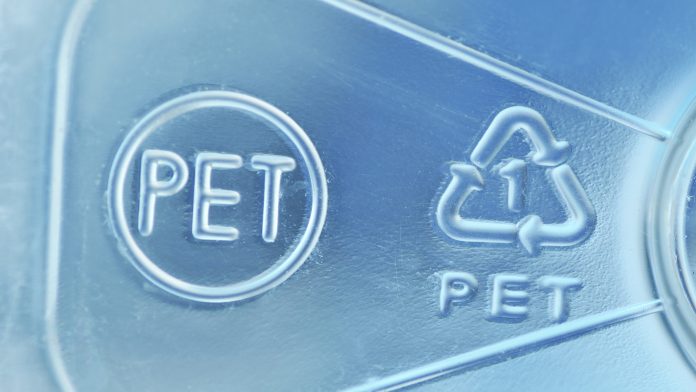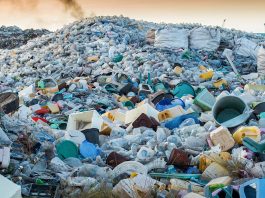A Chinese Academy of Sciences review has identified effective methods for PET plastic recycling.
Polyethylene terephthalate (PET) plastic poses major environmental risks as it is highly durable and has resistance to natural degradation.
According to the National Renewable Energy Laboratory (NREL), over 82 million metric tons of PET plastic are produced globally each year.
This is mainly to manufacture single-use plastic bottles, clothing, packaging, and carpets.
Due to prevalent usage, PET is a significant contributor to plastic waste worldwide and requires effective recycling strategies.
To combat this issue, researchers have now identified innovative biotic and abiotic recycling and upcycling methods for PET.
These methods will help transform PET waste into valuable materials.
What is PET plastic?
PET plastic is a versatile polymer widely used in the manufacturing of various products, particularly packaging materials.
This thermoplastic polymer is renowned for its exceptional properties, notably its clarity, strength, and lightweight nature, making it an excellent material for producing bottles, containers, and films.
Additionally, PET plastic exhibits excellent barrier properties, protecting contents from moisture, gases, and other external factors.
This makes it suitable for storing a wide range of products, including carbonated beverages, juices, sauces, and personal care items.
Environmental concerns
While PET plastic offers numerous benefits, it also poses certain dangers to the environment and human health.
One significant concern is its contribution to plastic pollution. PET plastic, when improperly disposed of, can persist in the environment for hundreds of years, polluting ecosystems, harming wildlife, and contaminating waterways.

Furthermore, the production of PET plastic can involve the use of fossil fuels and energy-intensive processes, leading to greenhouse gas emissions and contributing to climate change.
Additionally, there are concerns about the potential leaching of harmful chemicals from PET plastic containers into food and beverages, especially when exposed to high temperatures or acidic contents.
Recycling PET into useful materials
The review presents a groundbreaking approach to PET plastic recycling through a dual strategy combining microbial and chemical catalysis.
It successfully developed methods to break down PET into basic monomers like terephthalic acid and ethylene glycol.
These monomers can be reused to make new PET or transformed into high-value products such as muconic acid, vanillin, and adipic acid.
Innovative catalytic techniques include enzymatic breakdown with genetically engineered microbes and advanced photo and electrocatalysis.
These methods not only boost recycling efficiency but also enable PET upcycling into economically valuable products.
The review underscores significant reductions in energy usage and greenhouse gas emissions, marking a crucial advancement in sustainable industrial practices.









